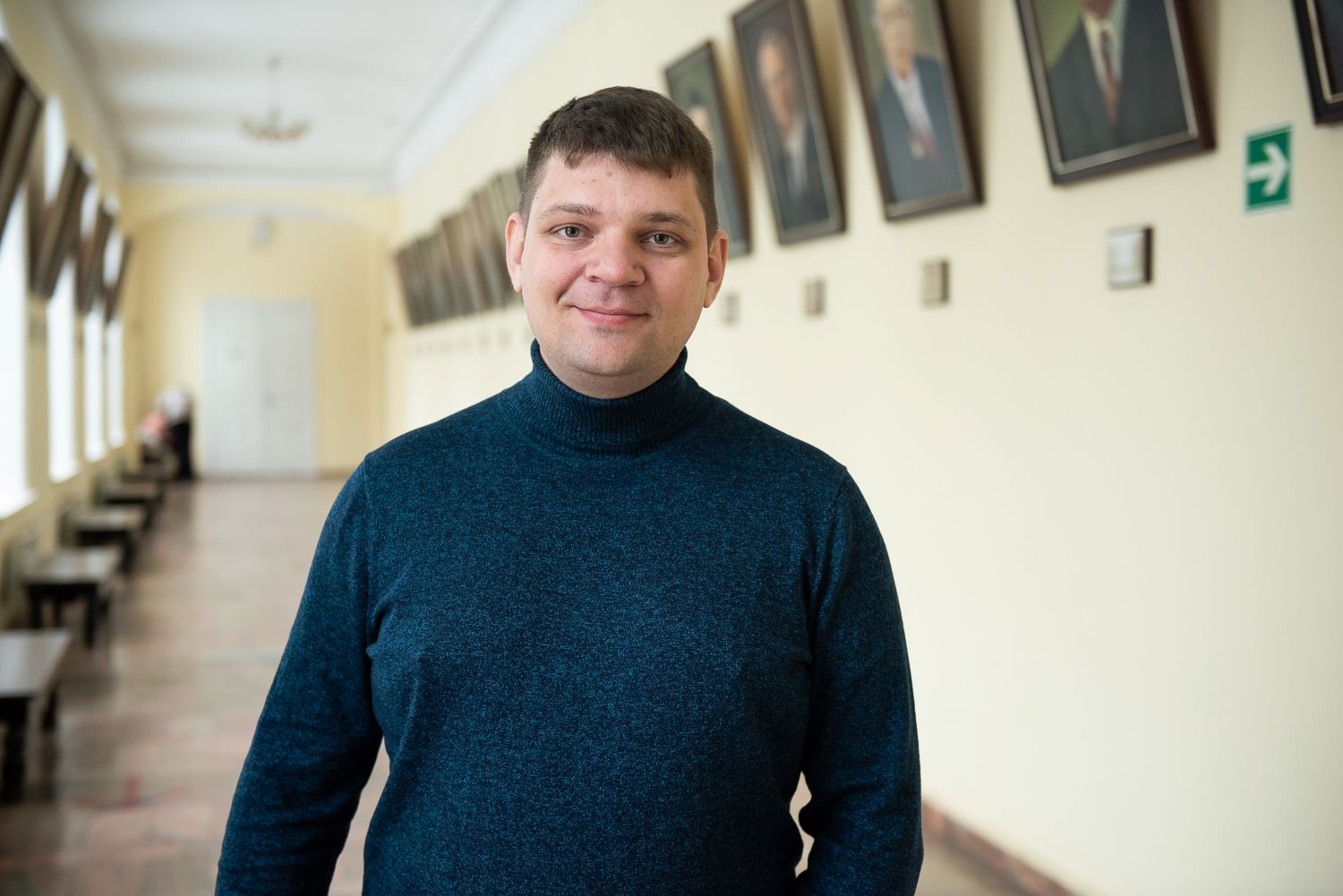The device will help rehabilitation workers help people who suffered a stroke. The laboratory was opened with the support of a grant from the Ministry of Education and Science of Russia for the creation of laboratories for early-career scientists as part of the initiative New Medicine.
It is envisioned that the lost limb functions can be restored after the regeneration of neural connections driven by the stimulation of various muscle groups and repetition of movements. Now the development is at the design stage, and by the end of the year, laboratory scientists will determine the functions that the future prototype will include, says the project manager, Dmitriy Zhdanov, head of the Laboratory of Medical Instrumentation (CyberMed) of the TSU Center for Science, Technology, and Education in the Field of Defense and State Security.
“By the end of next year, we will make mock-ups of two devices: the first will receive information about the movement of a hand, the second will replicate it and help the person,” says the scientist. “In another year, we will finalize it to a functional prototype that will perform all the embedded functions. At the beginning of 2024, we will be able to start demonstrating it to potential customers.”

According to Dmitriy, the staff members came up with the idea of such a device after many years of creating medical appliances—software and hardware complexes for medical diagnostics.
“A year ago, there was a request from the medical community to create a device capable of helping patients restore limb functions. For example, a person has suffered a stroke and, subsequently, an arm failure: they cannot comb their hair, get dressed, open doors, or make the simplest of movements. Thanks to the grant, our idea will be implemented at Tomsk State University,” explains Dmitriy Zhdanov. “Since the beginning of last year, we have been working in a joint laboratory of the Federal Medical-Biological Agency of Russia with healthcare professionals who are engaged in the rehabilitation of such patients, and we will be able to test our devices in their setting.”
The project involves 10 Tomsk State University scientists, with an average age of 35 years. The team consists of students and postgraduates who, along with more experienced members of the team, will be engaged in developing and creating both hardware and software for the robotic complex prototype.
The annual project grant support from the Ministry of Education and Science of Russia will be about 17.3 million rubles, for a 3-year funding period.
For reference: The Ministry of Education and Science of the Russian Federation has held the grant competition for the creation of laboratories for early-career scientists in the real-sector, pharmaceutics-focused initiative New Medicine, as part of the national project Science and Universities. In their research, Tomsk scientists aim for the real sector of the economy in the fields of pharmaceutical industry and health care.